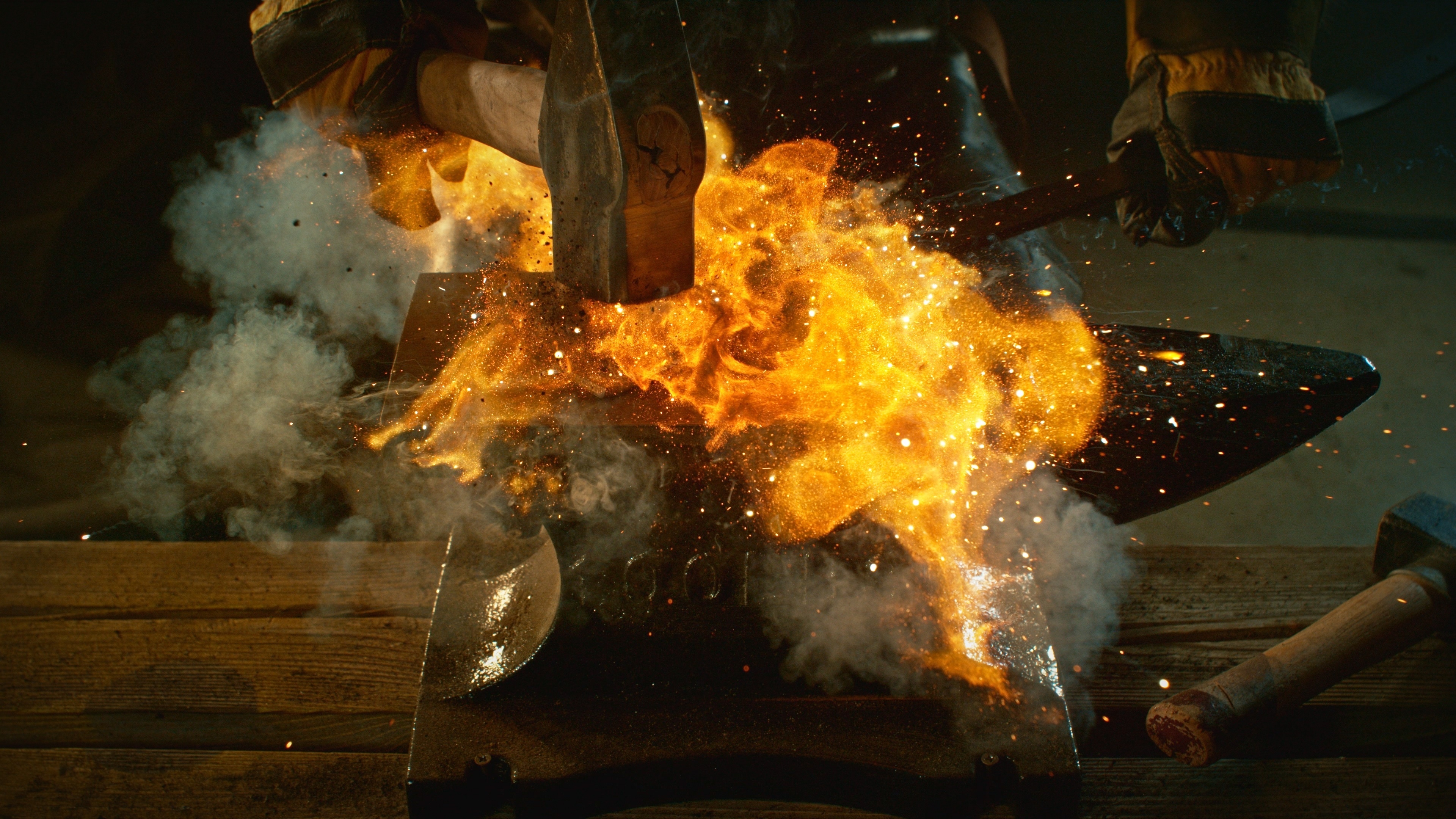
The battery sector is typically considered to be relatively non-contentious, with only about 1% of granted patents in the H01M classification facing EPO opposition. While most challenges come from a single party, it is notable that certain patents have attracted significant attention from multiple opponents - an occurrence more commonly associated with the life sciences than with batteries. This raises intriguing questions about which technologies are prompting such heightened scrutiny within the sector, and whether there are discernible trends at play.
Figure 1: Most opposed battery patents 2014-2024.
For details of the patent, including the patent number and title, just click on the bar.
Lubrizol’s EP3984092 (granted in 2023), stands as the most opposed patent in the H01M field, having attracted 11 oppositions. This patent, which relates to temperature control in secondary cells and features claims covering a dielectric oleaginous heat transfer fluid tailored for electric vehicles, has drawn the attention of several heavyweight industry players - Castrol, Shell, TotalEnergies, Fuchs, and Hitachi Energy among them. The patent was granted following examination proceedings in which third party observations were filed. So, the stage was already set for likely post-grant oppositions. The Examining Division concluded that the parameters of kinematic viscosity and flash point used to define the heat transfer fluid provided distinctions over the prior art. However, it seems likely that the breadth of the granted claim and functional definition of the fluids (likely covering a very wide range of specific compounds) may have prompted all the attention (and a citation list into the 200s!). The presence of such major companies signals the strategic importance of the technology, which is used for thermal management and electrical safety in EVs and related power systems.
Other patents concerned with rechargeable batteries/secondary cells (IPC code H01M10) have also faced multi-party opposition. Mubea Carbo Tech’s EP3582989, addresses a layered battery structure for electric vehicles and a protector system designed to absorb impact and prevent damage to underbody-mounted battery packs. Five separate parties submitted oppositions, including Porsche, Audi, Autotech Engineering, and Fritzmeier Composite. Audi’s opposition is perhaps unsurprising given its position as a frontrunner in adopting composite underbody battery shields. Nevertheless, the level of interest from leading automotive and composite firms suggests the technology’s perceived value, either due to its role in current commercial EV platforms or its considered strategic significance. Underbody battery protection is likely viewed as mission-critical for EV safety and competitors will be keen to avoid being locked out by a single patent.
While the automotive industry (specifically the production of electric vehicles) is the primary driver of rechargeable battery demand, these are also essential for grid-scale energy storage systems often used to complement intermittent renewable energy sources, as well as in the more mature consumer electronics market. One area of recent innovation in consumer electronics is in the shift from disposable to rechargeable e-cigarettes and vapes. Increasing consumer demand for sustainable options, and incoming regulations on single-use devices (such as the UK ban) has contributed to the drive in adoption of reusable devices. Nicoventures’ EP3175507, covers rechargeable e-cigarettes and charging packs. The patent encountered three oppositions and was ultimately revoked for lack of novelty.
In each of these heavily-opposed rechargeable battery patents, strawmen were used to obscure the identity of the true opponent. Three of the 11 oppositions to Lubrizol’s patent were filed by attorney firms, with one-a-piece in the Mubea and Nicoventures proceedings. Perhaps not unsurprising given that in the last ten years, nearly 20% of all oppositions in the battery sector were filed anonymously1. Even in a sector not renowned for conflict, some companies are eager to participate in opposition proceedings whilst keeping their identities concealed. Such behaviour suggests the competitive dynamics at play, where the protection of commercial interests sometimes necessitates discretion.
The last two of the top five most opposed patents are UACJ Corporation’s EP2881478 and HB Fuller Company’s EP3753056. UACJ Corporation’s patent covers an aluminium alloy foil with specific mechanical and thermal properties, making it suitable for use in packaging materials and battery casings, particularly in electrochemical cells such as lithium-ion batteries. While HB Fuller Company’s patent is directed to a potting compound used in battery modules, specifically a foam potting compound containing flame retardants designed to encapsulate electric cells. These multi-party oppositions reflect broader industry interest in battery safety and construction or non-active materials.
It is perhaps unsurprising that the patents which attracted the most opponents cover subject matter relating to rechargeable batteries (or “secondary cells”) and non-active battery components. This is the subject matter which typically attracts the largest numbers of oppositions (as reported in our article).
In summary, while the battery field is not generally marked by contentious patent disputes, the recent numbers of multi-party oppositions (often involving notable industry leaders and the use of strawmen) indicates that certain technologies are viewed as critically important.
Special thanks are due to Benjamin Oakham for his work in extracting and processing the data from the EPO.
1. Strawman oppositions counted as being filed by individual attorneys, attorney firms, or bespoke strawman companies (such as Strawman Limited or Camulon Ltd).
Chloe is an enthusiastic and driven European and UK Patent Attorney who cares about her clients. Her strong academic background supports her expertise across a spectrum of technologies in the chemistry, materials and medical technology sectors including medical devices, polymers, 3D printing and batteries.
Email: chloe.flower@mewburn.com
Sign up to our newsletter: Forward - news, insights and features
Our people
Our IP specialists work at all stage of the IP life cycle and provide strategic advice about patent, trade mark and registered designs, as well as any IP-related disputes and legal and commercial requirements.
Our peopleContact Us
We have an easily-accessible office in central London, as well as a number of regional offices throughout the UK and an office in Munich, Germany. We’d love to hear from you, so please get in touch.
Get in touch

